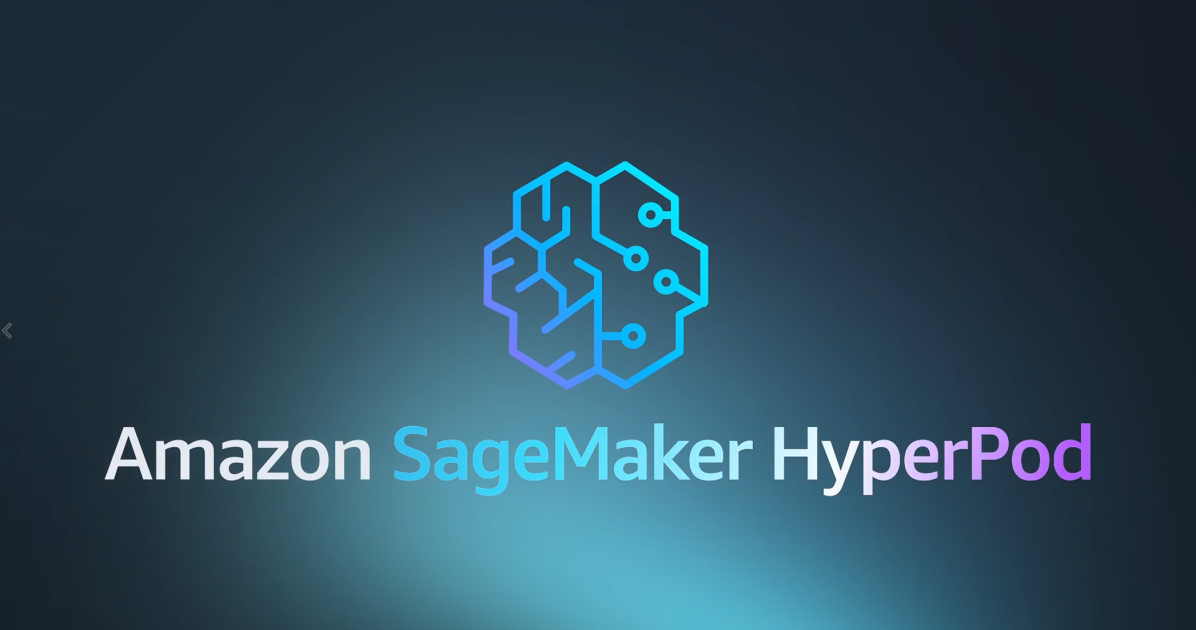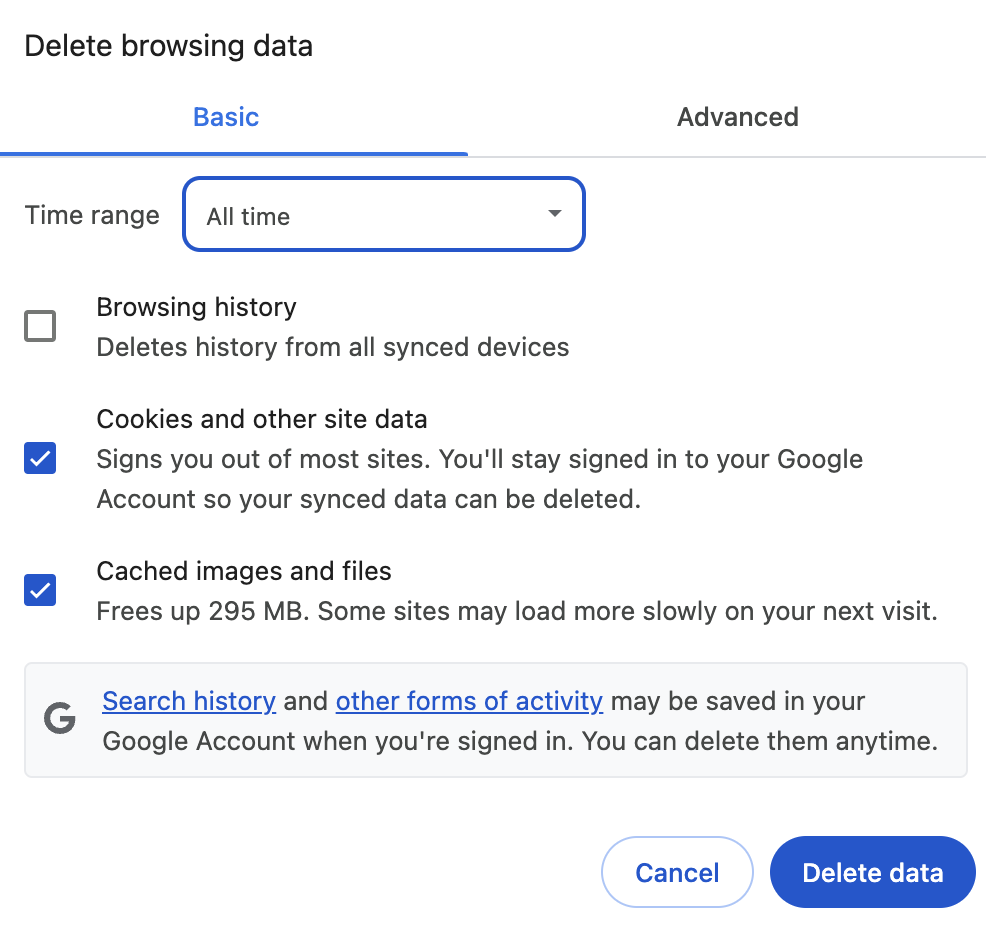
If WebSockets provide a two-way street for communication, gRPC (Google Remote Procedure Call) builds a dedicated superhighway. It represents the best of performance-oriented communication, providing enterprise-grade reliability through a powerful combination of Protocol Buffers and the HTTP/2 transport layer.
Unlike WebSockets, which typically rely on flexible but inefficient text-based JSON, gRPC enforces strict, high-performance contracts using a binary format. This makes it the definitive choice for demanding back-end systems, especially internal microservices where maximum throughput and absolute reliability are non-negotiable. For GenAI, this is the ideal protocol for orchestrating communication between different AI agents or services in a complex, distributed system. The trade-off for this power is a steeper learning curve and increased setup complexity, but the benefits in performance, type safety, and scalability are unmatched.
Protocol Buffers as the Source of Truth
At the heart of gRPC is Protocol Buffers (Protobufs), a language-agnostic, binary serialization format. You define your API contract i.e., the services, their methods, and their message structures in a simple .proto file. This file becomes the single source of truth for your entire system.
Example for our Chat Service:
syntax = "proto3";package chat;
// The Chat service definition
service ChatService {
// Create a new chat session
rpc CreateSession(CreateSessionRequest) returns (CreateSessionResponse);
// Get session information
rpc GetSessionInfo(SessionInfoRequest) returns (SessionInfoResponse);
// List all active sessions
rpc ListSessions(ListSessionsRequest) returns (ListSessionsResponse);
// Delete a session
rpc DeleteSession(DeleteSessionRequest) returns (DeleteSessionResponse);
// Get server statistics
rpc GetServerStats(ServerStatsRequest) returns (ServerStatsResponse);
// Bidirectional streaming chat
rpc Chat(stream ChatRequest) returns (stream ChatResponse);
}
// Session Management Messages
message CreateSessionRequest {
string model_id = 1; // Optional, defaults to gemini-2.0-flash
}
message CreateSessionResponse {
string session_id = 1;
string model = 2;
bool success = 3;
string message = 4;
}
message SessionInfoRequest {
string session_id = 1;
}
message SessionInfoResponse {
bool success = 1;
string message = 2;
string session_id = 3;
string model = 4;
int32 message_count = 5;
int32 user_messages = 6;
int32 model_messages = 7;
int32 duration_seconds = 8;
string created_at = 9;
}
message ListSessionsRequest {
// Empty for now, could add pagination in the future
}
message SessionSummary {
string session_id = 1;
string model = 2;
int32 message_count = 3;
int32 duration_minutes = 4;
string created_at = 5;
}
message ListSessionsResponse {
repeated SessionSummary sessions = 1;
int32 active_sessions = 2;
}
message DeleteSessionRequest {
string session_id = 1;
}
message DeleteSessionResponse {
bool success = 1;
string message = 2;
}
message ServerStatsRequest {
// Empty for now
}
message ServerStatsResponse {
int32 uptime_seconds = 1;
int32 total_requests = 2;
int32 successful_requests = 3;
int32 failed_requests = 4;
int32 active_sessions = 5;
int32 total_sessions_created = 6;
double average_response_time = 7;
string model = 8;
string framework = 9;
}
// Chat Streaming Messages
message ChatRequest {
enum Type {
MESSAGE = 0;
PING = 1;
TYPING_START = 2;
TYPING_STOP = 3;
}
Type type = 1;
string session_id = 2;
string message = 3; // For MESSAGE type
string timestamp = 4;
}
message ChatResponse {
enum Type {
STATUS = 0;
RESPONSE_START = 1;
CHUNK = 2;
RESPONSE_COMPLETE = 3;
ERROR = 4;
PONG = 5;
SESSION_UPDATE = 6;
}
Type type = 1;
string session_id = 2;
// Status message
string status_message = 3;
int32 context_messages = 4;
// Chunk data
string chunk_text = 5;
int32 chunk_number = 6;
bool is_final = 7;
// Response completion
int32 total_chunks = 8;
double processing_time = 9;
int32 message_count = 10;
// Error handling
string error_message = 11;
// Session updates
string update_type = 12;
string update_data = 13;
// Timestamp
string timestamp = 14;
}
// Health Check Messages
message HealthRequest {
// Empty for now
}
message HealthResponse {
bool healthy = 1;
string message = 2;
string model = 3;
double ping_ms = 4;
int32 active_sessions = 5;
string framework = 6;
}
This blueprint provides two transformative advantages:
- Performance: Serializing this structured data into a compact binary format is far more efficient in both CPU usage and bandwidth than parsing text-based JSON.
- Code Generation: From this single
.protofile, you can automatically generate client and server code in over a dozen languages (Go, Python, Java, C++, etc.). This eliminates manual boilerplate, ensures perfect type safety between services, and makes building robust, polyglot microservice architectures seamless. Runtime errors from malformed JSON become a thing of the past.
Leveraging the Full Power of HTTP/2
gRPC is not a new protocol from the ground up; it’s a clever framework built to exploit the advanced features of HTTP/2. While WebSockets use a single bidirectional stream over one connection, gRPC leverages HTTP/2’s multiplexing to allow many concurrent streams over that same connection. This means a client can be making multiple, independent requests — like fetching user data, uploading a file, and streaming a GenAI response — simultaneously without blocking each other.
This foundation also provides other built-in optimizations like header compression, flow control, and connection pooling, delivering superior scalability and performance characteristics that would require significant manual implementation with WebSockets.
gRPC is an incredibly powerful tool, but it’s not the right choice for every job. The decision to use it requires a clear understanding of its strengths and trade-offs.
Go All-In on gRPC when:
- Performance is Paramount: For high-throughput, low-latency workloads, especially in machine-to-machine communication, gRPC’s binary protocol and HTTP/2 foundation are unbeatable.
- You Require Strict API Contracts: In a large, distributed system with many teams and services, the compile-time safety and clear versioning rules of Protobufs prevent integration errors and ensure reliability.
- Building a Polyglot Microservices Architecture: When you need services written in Go, Python, and Java to communicate flawlessly, gRPC’s cross-language code generation is the gold standard.
- Enterprise Features are Needed: The gRPC ecosystem comes with built-in, production-ready support for authentication, load balancing, service discovery, and comprehensive monitoring.
Stick with WebSockets when:
- The Primary Client is a Web Browser: WebSockets have native browser support. While gRPC can run in the browser via a proxy layer (gRPC-Web), it adds complexity.
- Development Speed and Simplicity are Key: For smaller projects or prototypes, the immediate, schema-less nature of sending JSON over WebSockets is often faster to get up and running.
- Payload Flexibility is More Important than Performance: If you need to send arbitrary, unstructured JSON without being constrained by a rigid schema, WebSockets are more forgiving.
In conclusion, gRPC provides the highest level of performance, safety, and enterprise-grade features among communication protocols. While it demands a greater initial investment in learning and setup, it empowers developers to build incredibly fast, scalable, and reliable distributed systems for the most demanding GenAI and back-end applications.
The implementation code for gRPC-powered multi-turn chat is available on GitHub here. This repository contains server (server.py) and client (client.py) modules using Protocol Buffers for high-performance bidirectional streaming.
The architecture shown below starts with a unary RPC health check. The client calls GetServerStats to verify server availability and retrieve current statistics. This synchronous call-response pattern ensures the server is ready before attempting to establish streaming connections.
The client establishes a gRPC channel to the server endpoint. This channel represents a virtual connection that can multiplex multiple RPC calls over a single HTTP/2 connection. The channel handles connection pooling, load balancing, and automatic reconnection, abstracting network complexity from the application layer.
Session creation uses another unary RPC pattern. The client calls CreateSession with model parameters, receiving a session ID and confirmation. This session becomes the context for subsequent streaming calls. The separation between session management and streaming allows for clean API design and efficient resource management.
The bidirectional streaming chat forms the core interaction. The client initiates a Chat RPC with a message and session ID. The server responds with a stream of ChatResponse messages, each containing a text chunk. This streaming happens over the existing gRPC channel, leveraging HTTP/2’s multiplexing to handle multiple concurrent streams efficiently.
The word-by-word streaming demonstrates gRPC’s fine-grained control. The server can send individual words or even characters as separate messages. Each chunk arrives with precise timing information, allowing the client to recreate the generation cadence. The protocol buffer format ensures each chunk is properly typed and validated.
Session management runs through separate unary RPCs. GetSessionInfo retrieves session details, ListSessions returns active sessions, and DeleteSession removes completed conversations. These operations use the same gRPC channel but as independent RPC calls, demonstrating how gRPC elegantly handles both streaming and request-response patterns within a single service definition.
The architecture concludes with proper cleanup. When the client disconnects, the gRPC channel closes gracefully. The server receives disconnection notifications and cleans up resources. HTTP/2’s GOAWAY frames ensure orderly shutdown, completing in-flight requests before terminating the connection. This structured approach ensures reliable operation even during connection failures or client disconnections.
gRPC Server-Side Implementation
The server starts by binding to port 50051 and registering service implementations. It defines service methods through protocol buffer definitions, creating a contract that both client and server follow. The server implements methods like GetServerStats, CreateSession, and Chat, each with strongly-typed request and response messages.
When receiving a connection, the server validates the client through the GetServerStats health check. This unary RPC confirms server availability and returns current statistics including uptime and active sessions. The server then accepts the gRPC channel, which can handle multiple concurrent streams over a single HTTP/2 connection.
For session creation, the server implements a unary RPC that generates a unique session ID and initializes the Gemini model. The CreateSession method returns immediately with the session identifier and model information. This session persists across multiple Chat calls, maintaining conversation context throughout the interaction.
The Chat method implements server-side streaming. When receiving a chat request, the server begins generating a response through the AI model. As each token is generated, it’s immediately sent as a gRPC message through the stream. The server tracks chunk numbers and timing, sending metadata about the stream progress. When generation completes, the server sends final statistics through trailing metadata before closing the stream.
gRPC Client-Side Operation
The client establishes a gRPC connection to localhost:50051 using HTTP/2 as the underlying transport. gRPC builds on HTTP/2’s multiplexing and streaming capabilities, creating a high-performance RPC framework. The client initiates the connection with a standard HTTP/2 connection that supports bidirectional streaming from the start.
After connection establishment, the client uses strongly-typed service methods defined in protocol buffers. Rather than constructing raw HTTP requests, the client calls methods like CreateSession and Chat directly. These method calls are automatically serialized into binary protocol buffer format, providing efficient data transmission compared to text-based protocols.
The client sends messages through typed RPC calls and receives streaming responses. When initiating a chat, the client calls the Chat method with a message and session ID. The response arrives as a stream of chunks, each containing a portion of the generated text. The gRPC framework handles message framing, ensuring each chunk arrives intact and in order.
Stream management is built into the gRPC protocol. The client receives status updates through metadata headers and trailers. It can monitor stream progress, handle backpressure, and gracefully close streams when complete. The framework provides automatic reconnection, deadline management, and error handling, simplifying client implementation compared to raw protocols.
Source Credit: https://medium.com/google-cloud/engineering-transport-layers-for-genai-rest-websockets-grpc-and-beyond-90a866da39c8?source=rss—-e52cf94d98af—4




